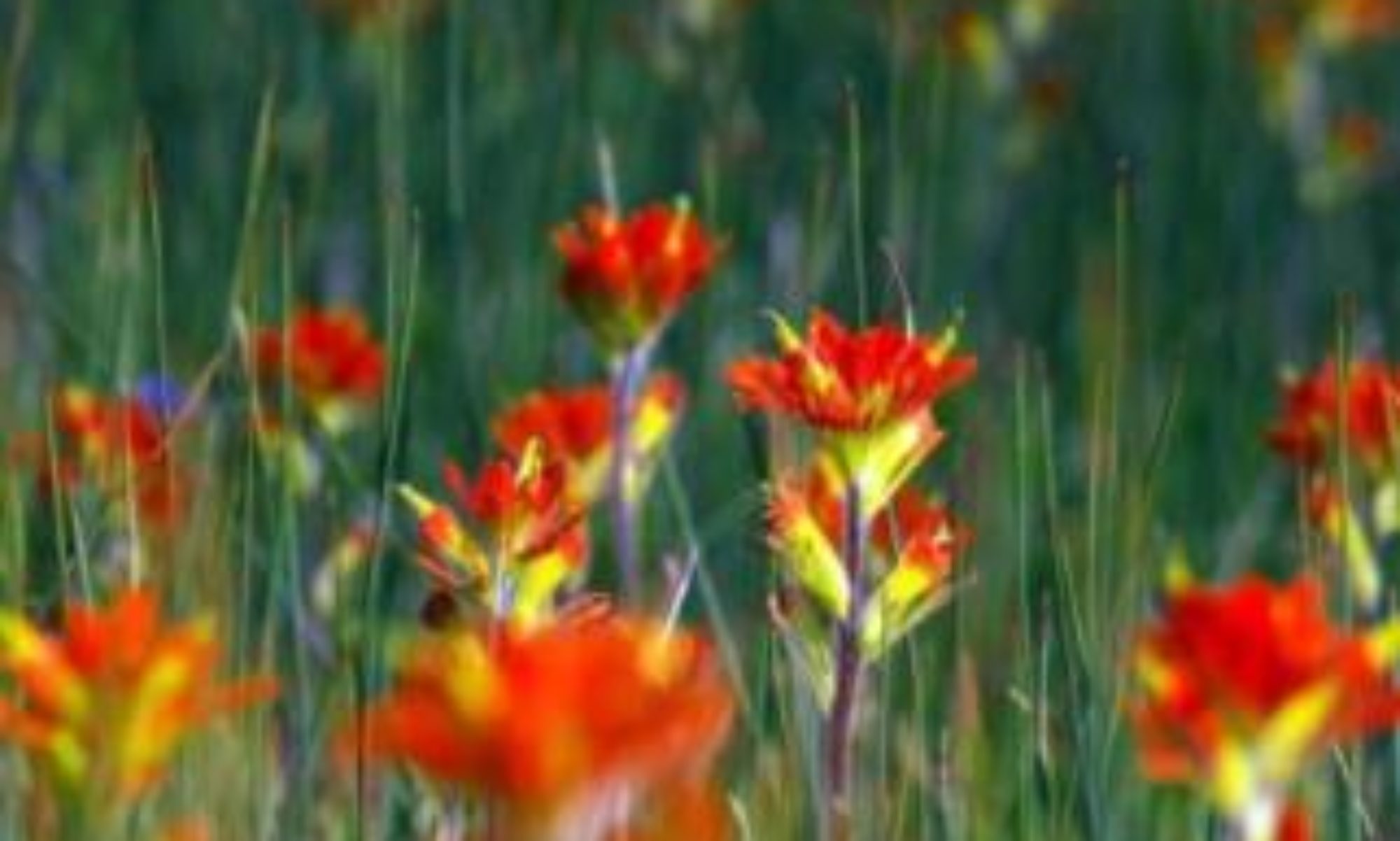And I live in the capital of the United States. Just imagine kicking soccer ball under lockdown, and between kicks and turns, having a quick glance at the Washington Memorial, or Lincoln, or Jefferson, at your choice of playing fields. It’s pure luxury. Consider this: I could easily be found, based on proportions of square feet, among those in some rundown industrial town or a poverty-stricken rural area where drugs are food and might have been knocked dead by a gunshot not knowing from where.
I have a job to buy my Thanksgiving meal, organic and wholesome, from the white-hot online retail juggernaut Amazon’s Wholefoods. The two shares of Testa (my first stock purchase ever, as a token support for Elon Musk’s audacious endeavors that could better the world) turned into 10 one day magically, escaping my notice, and after being quiet for a while, make waves again, and again leaving me clueless but smile at my good fortune. My landlord has not increased my rent this year – another benefit from the pandemic. I even took advantage of the crisis and J. Crew’s bankruptcy to expand my wardrobes heftily.
There has been no world war for a long time since WWII – about seven decades! I felt incredibly lucky today strolling at the Civil War Battle Field in Manassas, now an open park, where children run happily. And it felt really good walking in a summer T-shirt; the climate may be changing, perhaps for better. I have not suffered persecution of any sort so far in my life, and nobody has yelled at me “go back to China!” Somebody, an authentic American, whom I respect, sent me a Happy Thanksgiving message in the morning.
Friends with whom I have shared laughs in good times, humors when feeling mischievous, and mutual understanding (not phony flattery); it’s few in number but a precious few. Friends who have never disappeared throughout these many years; I have not sung their praises but should sing loud – these are all intelligent women, who are also generous and wise. Advisers and teachers, and life, above all, the most forceful and tenacious teacher, cunning at times.
Everyone who happened to be in my life is a blessing. A garlic mustard plant. A lighting bug. An acorn, or an autumn leaf. The moon, pale and yellow, stuck in the windowpane. And pain – pain is wealth.
It’s only befitting then to cook Mexican food and think of that legendary land of Men of Maize. Corns and black beans stir-fried with onion and pepper, sprinkled with a medley of shredded Queso Fresco, Cotija, and Monterey Jack, topped over with chopped tomato and cilantro and running eggs. Still not enough to express my gratitude, I added a sandwich with Paprika turkey breast and avocado slices layered on olive bread, and sautéed spicy green beans with garlic in a Chinese style. My final gratitude went with a sweet cake filled with raspberry paste covered by oven-toasted almond flakes, and wine-colored pomegranate seeds in a lucent glass bowl. I ate all with zest and savored each mouthful in earnest while drinking Italian sparkling mineral water from the Alps.
After all, corn, beans, squash, avocado, tomato, chili peppers, potato, and sweet potato were all first cultivated in Central and South America (between 3000BC and 7000BC). Turkey was first domesticated in south-central Mexico around 800 BC.
I had been ignorant and browsed a bit history today. Thanksgiving celebration can be traced back to a 1621 event at Plymouth, Massachusetts. Life in the New World, unfamiliar to the Pilgrims, was not rosy in the beginning, and the colonists often faced food scarcity. The 1621 Plymouth feast was prompted by a good harvest following a harsh winter; the Pilgrims celebrated the harvest with American Indians who had taught them how to grow crops and had given them food helping them get through the previous winter. George Washington marked November 26, 1789 as the first nationwide Thanksgiving. The date of observance had differed from state to state since then. In 1863 Lincoln proclaimed Thanksgiving for all states and set the final Thursday in November as the national Thanksgiving day, “explicitly in celebration of the bounties that had continued to fall on the Union and for the military successes in the war.” However, a nationwide Thanksgiving celebration became a reality only after the Civil War. In 1939 President Roosevelt shifted Thanksgiving from the last Thursday in November to the fourth Thursday to prolong Christmas shopping season, which the economic recovery from the Great Depression still needed.














